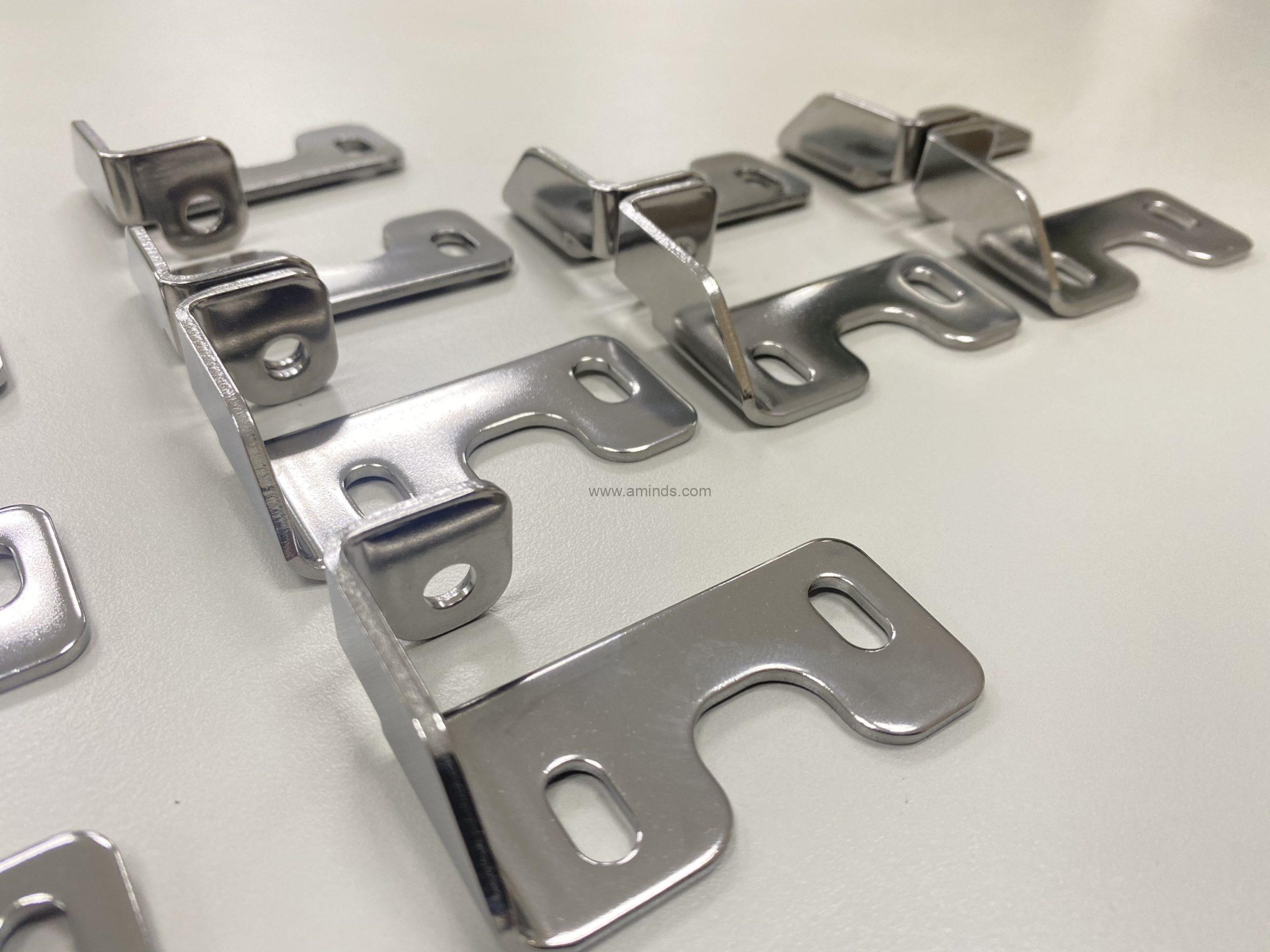Checking Out the Globe of Metal Stamping: From Style to Manufacturing
Within the world of production, steel stamping stands apart as an exact and reliable method for shaping metal sheets into different types with exceptional uniformity. From the first layout stage where intricate patterns take shape to the elaborate production procedures, metal marking is a blend of creativity and design. Diving into this world introduces a complex interplay of creativity and technical proficiency, supplying a glimpse right into a world where innovation fulfills workmanship.
Background of Steel Stamping
Metal stamping, a widely used production procedure today, has an abundant history that dates back to ancient times (Metal Stamping). The beginnings of steel marking can be mapped to old people such as the Egyptians, that utilized marking strategies to adorn jewelry and accessories with detailed layouts. Gradually, metal stamping advanced, with human beings like the Greeks and Romans using it for producing coins and ornamental products

In the 20th century, metal marking continued to develop with the integration of automation and computer system mathematical control (CNC) technology. These innovations even more increased the performance and precision of steel stamping procedures, making it a crucial component of modern production across industries such as vehicle, aerospace, and electronics. Today, steel stamping continues to be a crucial manufacturing procedure, integrating tradition with technology to satisfy the needs of a regularly developing industry.
Layout Considerations and Prototyping
When developing steel stamping jobs, meticulous focus to design factors to consider and prototyping is vital for ensuring optimum manufacturing outcomes. Layout considerations in steel stamping include product choice, component geometry, tooling design, and manufacturing usefulness. Picking the best material is important as it affects the part's efficiency, cost, and manufacturability. Part geometry affects the intricacy of the marking process and the performance of the end product. Tooling layout plays a significant role in the success go to this site of steel marking projects, impacting component accuracy, tool long life, and production performance.
Prototyping is a crucial phase in the metal marking process that allows engineers to test the design, validate manufacturability, and make required modifications prior to major production. Prototyping aids identify potential issues beforehand, saving time and costs in the future. It additionally supplies a chance to enhance the style for effectiveness and high quality. By very carefully thinking about layout elements and using prototyping, makers can enhance the metal stamping site web process and attain high-grade, cost-efficient manufacturing end results.
Tooling and Devices Fundamentals
Thinking about the critical role that tooling design plays in the success of steel marking jobs, comprehending the necessary devices and devices needed is critical for achieving efficient manufacturing end results. Components hold the metal in place during the marking procedure, making certain precision and repeatability. Spending in top notch tooling and devices not only improves manufacturing effectiveness however likewise leads to higher precision, decreased waste, and overall price financial savings in metal stamping procedures.
Production Process and Quality Assurance
Efficiently taking care of the production process and applying durable high quality control measures are essential for making certain the success of metal stamping tasks. The production procedure in steel stamping involves a collection of steps that have to be very carefully collaborated to achieve optimum outcomes. It begins with the prep work of raw products, followed by the arrangement of the stamping tools and tooling. Operators after that feed the materials right into journalism, where Our site the stamping procedure occurs. Throughout this process, it is crucial to check the production line for any kind of problems that may influence the quality of the stamped components.
Quality control in metal marking is extremely important to supply products that meet the needed requirements. Examining the stamped components at numerous phases of production helps determine any type of flaws early on, stopping pricey rework or scrap. Strategies such as dimensional evaluation, aesthetic examination, and product screening are commonly employed to guarantee the high quality of the stamped parts. By keeping strict quality assurance requirements, suppliers can promote their reputation for providing high-quality steel marked items.
Applications and Sector Insights
In the world of steel marking, the effective application of manufacturing procedures and quality control measures directly influences the efficiency and dependability of different market applications and gives beneficial insights right into the sector's functional dynamics. In addition, metal stamping helps with the production of different family home appliances, consisting of fridges, washing devices, and ovens, by offering economical options for making long lasting and intricate components. Comprehending the applications and market insights of metal stamping is essential for enhancing production processes and improving product top quality throughout various fields.

Final Thought
In final thought, metal stamping has a rich history and plays an essential function in different markets. Design considerations, prototyping, tooling, tools, manufacturing procedures, and quality assurance are vital elements of steel marking. With its widespread applications and market insights, steel stamping remains to be a functional and reliable production process. By recognizing and using the principles of steel stamping, makers can achieve high-quality, accuracy parts for a range of products.
Comments on “Why Metal Stamping is Crucial for Developing Resilient and Complex Components”